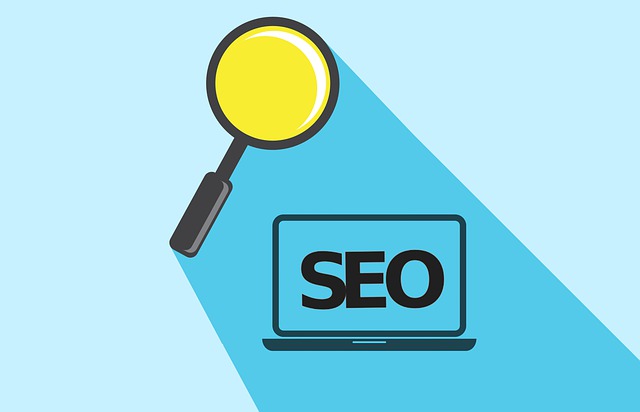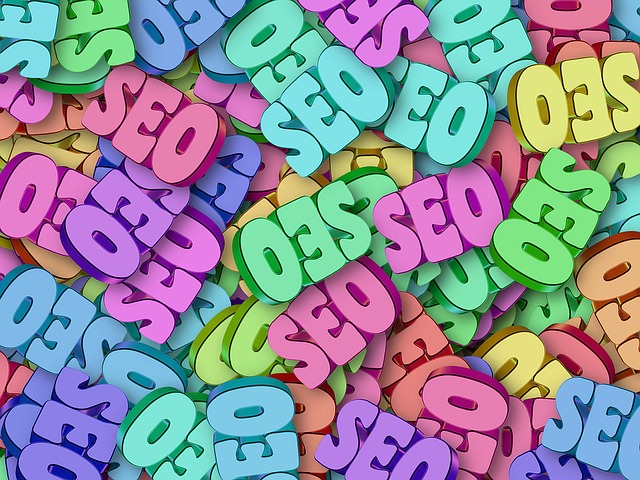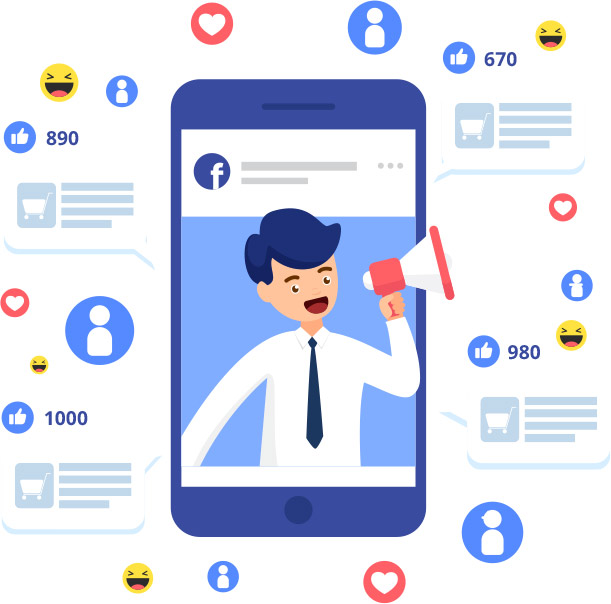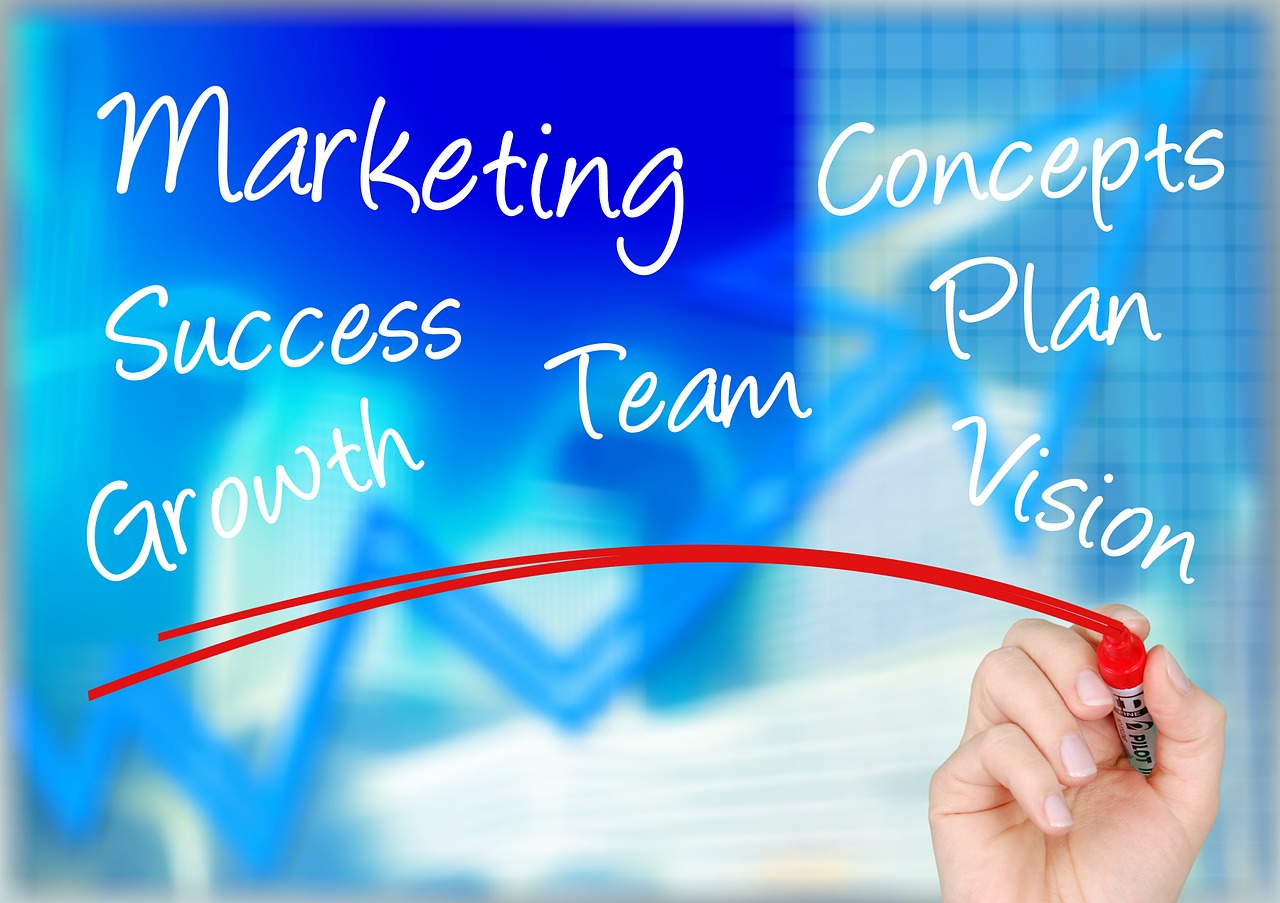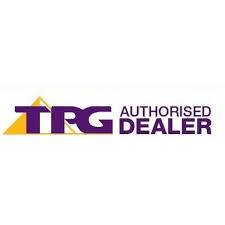There are many dos and don’ts when it comes to what to have for your website. But what are the main don’ts that all website designers should be aware of? MLK Marketing explores some of the best ways to avoid annoying your visitors and increase website traffic when it comes to designing your own website.
Are you guilty of having too many elements on your website? When website users are quickly bombarded with slabs of information, excessive pop-ups, autoplay multimedia and generic visual graphics all on the homepage of your website, users can quickly become overwhelmed as well as annoyed. Too many elements on your website can deter users from staying on your website and revisiting. As a result of poor user experience, your business is losing website traffic and ultimately losing sales.
Each website is different and designing your website so that it is visually appealing as well as in line with your brand will make your website unique and stand out from the competition. Typically a website can be a customer’s first contact with your business, therefore your website must have an excellent first impression to engage your visitors. When new visitors click on your website, it is crucial to create a good first impression because you will never get a second chance to create that first impression. Here, we will discuss a few points that can help as a guide of what not to do with your website as well as the reasons why visitors may be leaving your website.
First thing’s first. Slow loading time.
Before a visitor is even able to see the contents of a website, the website has to load. As soon as a visitor clicks on your website, the amount of time your website takes to load can determine whether that user will stay and wait or decide to leave all within a matter of seconds. With our busy schedules and short attention spans in this day and age, we become quickly impatient, especially when it comes to waiting for websites to load.
Website visitors care more about the loading time of your website than all the elements and what you have to offer on your website. Slow loading time can frustrate website visitors and can lose their attention in a short amount of time. Your potential clients are being deterred from staying on your website due to your website’s poor performance. Poor site performance has a direct impact on user experience and determines how long a visitor is going to spend on your website. It is essential to consider your website performance and how it could affect your organic traffic and conversion rates.
To tackle the problem of poor website performance, begin by monitoring the performance of your website. Your aim is to improve and optimise your website’s load time to increase the likelihood of visitors staying on your website. The longer your visitors stay on your website, the more likely they will become a customer. It is also always a good idea to check your browser speed. This way you can see whether some browsers are performing better or worse compared to others. Website page loading time it an important factor when it comes to search engine ranking, therefore the better the website performance, the higher the ranking in a Google search.
No clear explanation of what your company does.
When visiting any website, we can become easily annoyed when we can’t get a good sense of what the company does and what they can offer us. Instead of having to constantly search throughout a website to identify what exactly they do, we tend to leave the website and look for a better a better option to fulfil our needs.
Your website has a few seconds to captivate your visitors and clearly inform them of who you are, what you do and what you can offer them. This can be done through descriptions, images, multimedia or even a combination of the three. If your website does not have a clear and concise explanation, your visitors will quickly lose interest.
One way of convincing your visitors to stay on your website is by highlighting your business’s unique selling points (USP). Highlighting your USP will make you stand out from the crowd and sway your visitors to become customers.
Poor navigation on your website.
Nothing irritates us more than a website with poor navigation. As website users, we like to be directed on where to go next to find the information we need. Having a simple navigation structure for your website will easily guide your visitors around your website. Clear headlines and simple copy will prevent confusion and your visitors will be able to easily navigate around your website.
Simple navigation will decrease the bounce rate of your website. A clear path for your visitors will increase the time they spend on your website. Choosing to include a search box on your website can be a great way for visitors to easily search what they are looking for.
Excessive pop-ups.
A pop-up on a website can easily annoy visitors, however excessive pop-ups will definitely annoy your visitors to the point of leaving your website. If you decide to use pop-ups on your website, the best ways to use them is in moderation. You do not want to annoy your visitors by using unnecessary pop-ups that many visitors may not be interested in.
Another way to effectively use pop-ups is to only display them based on the type of visitor, whether they are a returning visitors or making a purchase from your website. Using calls-to-action pop-ups can be a smart way to compel visitors to continue looking through your website and offer them additional information and opportunities.
Pop-ups can also be tracked for their performance and effectiveness. You may consider editing or removing the pop-up if it has low views and clicks. By doing so, you will be creating a better experience for your visitors.
Overusing flash, animation, music and multimedia.
Keep in mind that using flash and different types of multimedia can first of all, increase the load time of your website, as well as annoy a lot of your visitors. If you decide to put an audio file or a video on your website, make sure it does not automatically play and the user can control when it is played. Visitors like to be in control and having the audio in autoplay can reduce user experience, especially when the mute or pause button on the web page is difficult to find.
Most of the time, using flash and animation can be unnecessary. Keeping your website simple without too much elements going on can make your website looking professional, clean and easy to use.
The use of animations should be avoided unless your business specifically requires them on your website. Simple animations that catch the attention of your visitors without being too distracting is a great way of using animations. However, animations can sometimes be too obtrusive and can make a website look unprofessional. It can distract the visitor from your content.
Overusing picture and generic photography
Using images on your website can be a great way to depict what your company does and what it offers, however the overuse of images can detract your visitors’ attention from the content of your website. You cannot just rely on photos to describe what your company does and the message you want to convey to your visitors can be lost. Keeping your website simple with few images can also make your website looking more professional.
The use of generic stock photography can make your website look boring and less unique as many other websites are using the exact same image. Images should be used for clarification and the use of real images of customers, employees or your product or service can make your website unique.
Another handy tip is to post your images with ALT tags or text captions. Without the tags and text captions, search engines cannot read images. Descriptive texts can help increase your website’s ranking in search engines, and higher rankings lead to the desired increase of website traffic.
Insufficient contact details
Many websites do not supply enough contact details for their visitors to get in touch with them. This can frustrate the visitor especially if they have a question about your product or service and want an immediate response. Having all your contact information displayed clearly in one page will make it easy for your visitors to find and gain access to. Leaving your phone number and email address will create a closer connection with you and your visitors.
Providing social media details for your visitors to connect with you can increase your website reach. Nowadays, individuals as well as businesses are using social media more and more as a way to connect on a larger scale. This way your business can reach a larger audience and can gain feedback about your product or services to help improve your business.



